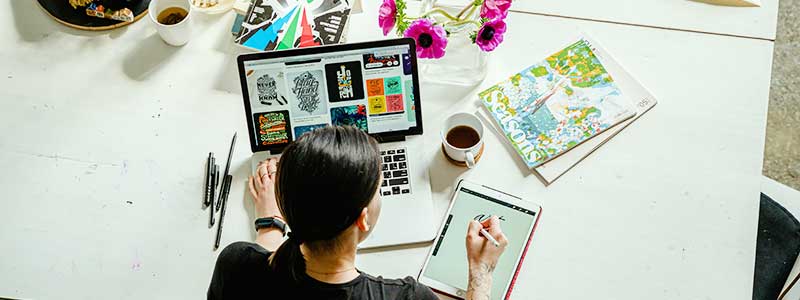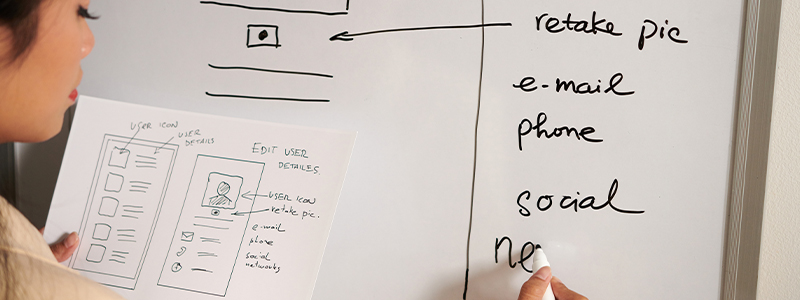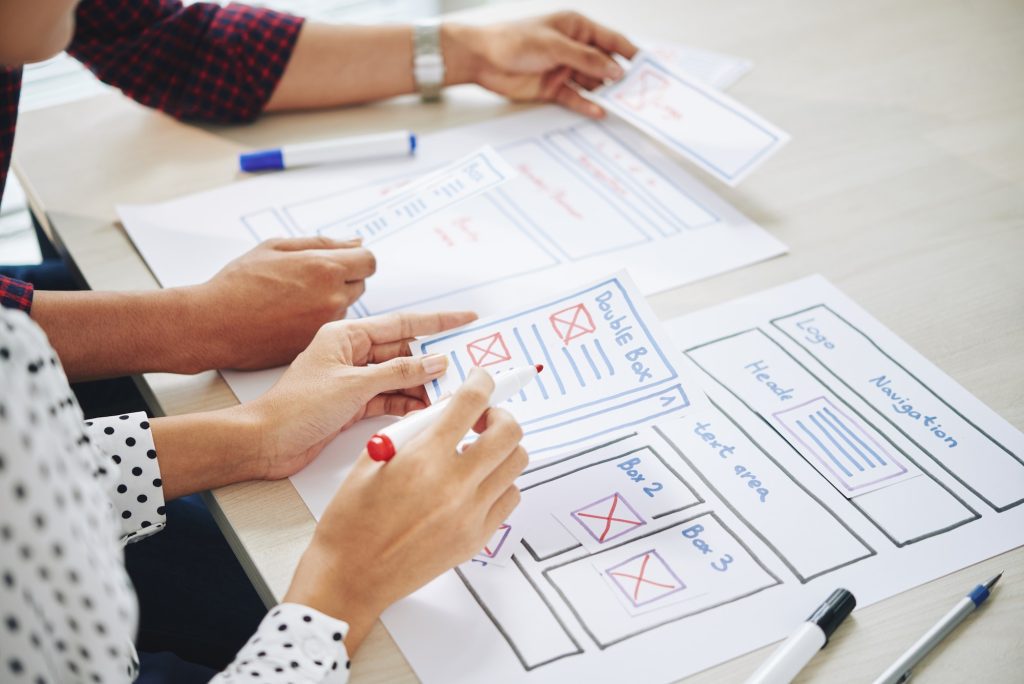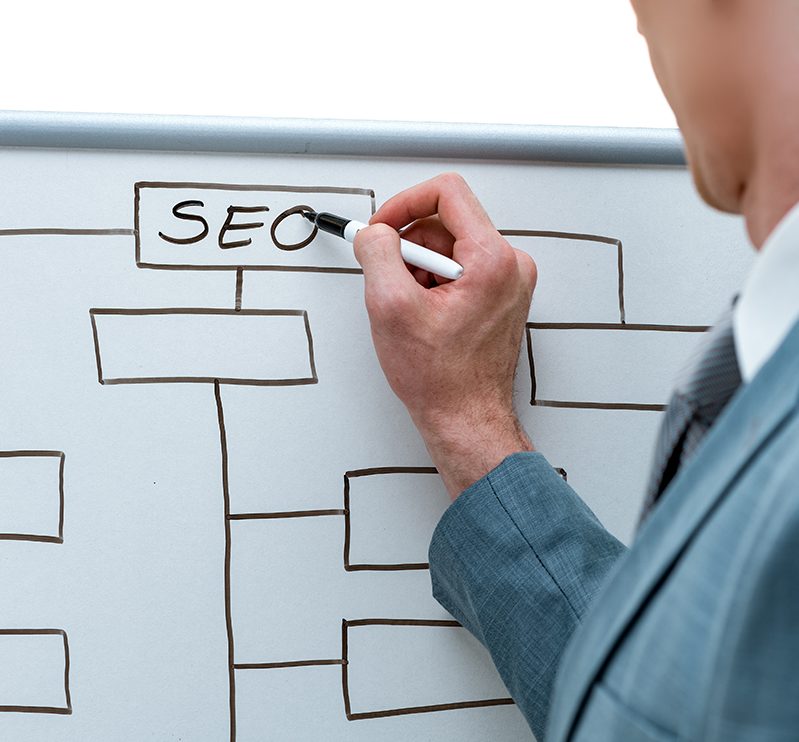
Here’s why Graphic Design & Website Design are so important.
Let's talk "Graphic Design".
Have you ever wondered why some small businesses look big and successful while others remain small and relatively unknown? It’s not always because of the quality of their products or services. Sometimes, it’s simply because they have invested in good graphic design.
Graphic design is important for any business, but it’s especially crucial for small businesses. That’s because a good design can help a small business look bigger, more professional, and more established. And if you’re trying to attract customers and grow your business, that’s exactly what you want.
At Native Website Design, we understand the importance of good graphic design. We also know that small businesses often have limited budgets for such things. That’s why we offer affordable graphic design services that can help your small business look its best.
Here are 6 ways graphic design can help make your small business look big:

1. An Awesome Logo
What’s the first thing people see when they come across your business? It’s your logo. And if your logo looks amateurish or outdated, it can give people the impression that your business is small and unprofessional.
On the other hand, a well-designed logo will make your business look more established and credible. It will also help you stand out from your competitors.
A modern logo design that uses a unique font and clever iconography can do wonders for your company. Logos come in all shapes and sizes, so don’t be afraid to go over-the-top with yours. Just make sure it’s still recognizable and easy to read. We can help you create a logo that perfectly represents your business and sets you apart from the competition.
2. Professional-Looking Business Cards
What does a business card design say about your business? If you hand someone a flimsy, poorly-designed card, it says that you don’t care about your image or your brand. It says you’re not willing to invest in quality.
Business cards are still an important part of doing business, even in the digital age. They’re a great way to make a good first impression on potential customers and partners. So, if you’re handing out subpar cards, you’re not doing your business any favors.
From high-quality paper and ink to give your cards a professional look and feel, to creative and eye-catching designs, we can help you create business cards that make a great impression.
3. Banners and Signs
When you’re trying to attract customers to your store or place of business, banners, and signs can make all the difference. A well-designed banner or sign is eye-catching and can help your business stand out, even in a busy area.
Plus, banners and signs are a great way to promote sales or special events. If you’re running a sale or hosting an event, make sure people know about it with a banner or sign. A true graphic designer will take into account the size, shape, and location of your banner or sign to make sure it’s effective. From the layout to the color scheme, everything should be carefully considered for your print design.
4. A Great Website Design
In today’s digital age, your website is often the first impression potential customers will have of your business. That’s why it’s so important to have a website design that looks professional and trustworthy.
Your website should be easy to navigate, with clear and concise information about your products or services. It should also be visually appealing and reflect your brand identity. If your website looks like it was put together in a hurry, people will assume your business is small and not worth their time.
A well-designed website will make your business look more established and give potential customers the impression that you’re a professional operation. It will also help you rank higher in search engine results, so people are more likely to find you when they’re looking for what you offer.
5. Eye-Catching Marketing Materials
From flyers and brochures to product packaging and trade show displays, marketing materials are a great way to promote your business and products. But to be effective, they need to be well-designed and eye-catching.
Branding materials that are boring or confusing will just end up in the trash. But materials that are visually appealing and easy to understand will grab people’s attention and help your business stand out.
When it comes to marketing materials, graphic design can make all the difference between something people will actually read and something they’ll just throw away. Your design project doesn’t have to be big or complicated to be effective. Sometimes, the simplest designs are the most impactful.
6. An Engaging Presentation Design
Whether you’re giving a sales presentation, pitching a new product, or training employees on company procedures, an engaging presentation design is essential.
Your presentation should be visually appealing and easy to follow, with a clear structure and flow. It should also be aligned with your brand identity. Your presentation design should reflect your company’s values and give the audience a positive impression of your business.
If you’re not sure how to design an engaging presentation, our team of expert designers can help. We’ll work with you to understand your goals and create a presentation that gets results.
Jupiter Graphic Design Services
If you’re from Jupiter FL or anywhere in the Palm Beach county, our team at Native Website Design can help with all your graphic design needs. From Palm Beach Gardens and Lake Worth to Boynton Beach to West Palm Beach, we serve all of Jupiter and the surrounding area.
We understand that good design is essential to the success of your business. That’s why we offer a wide range of graphic design services, from logo design and branding to web design and marketing materials. Don’t settle for anything less than the best when it comes to your business. Contact us today to get started on your next project.






